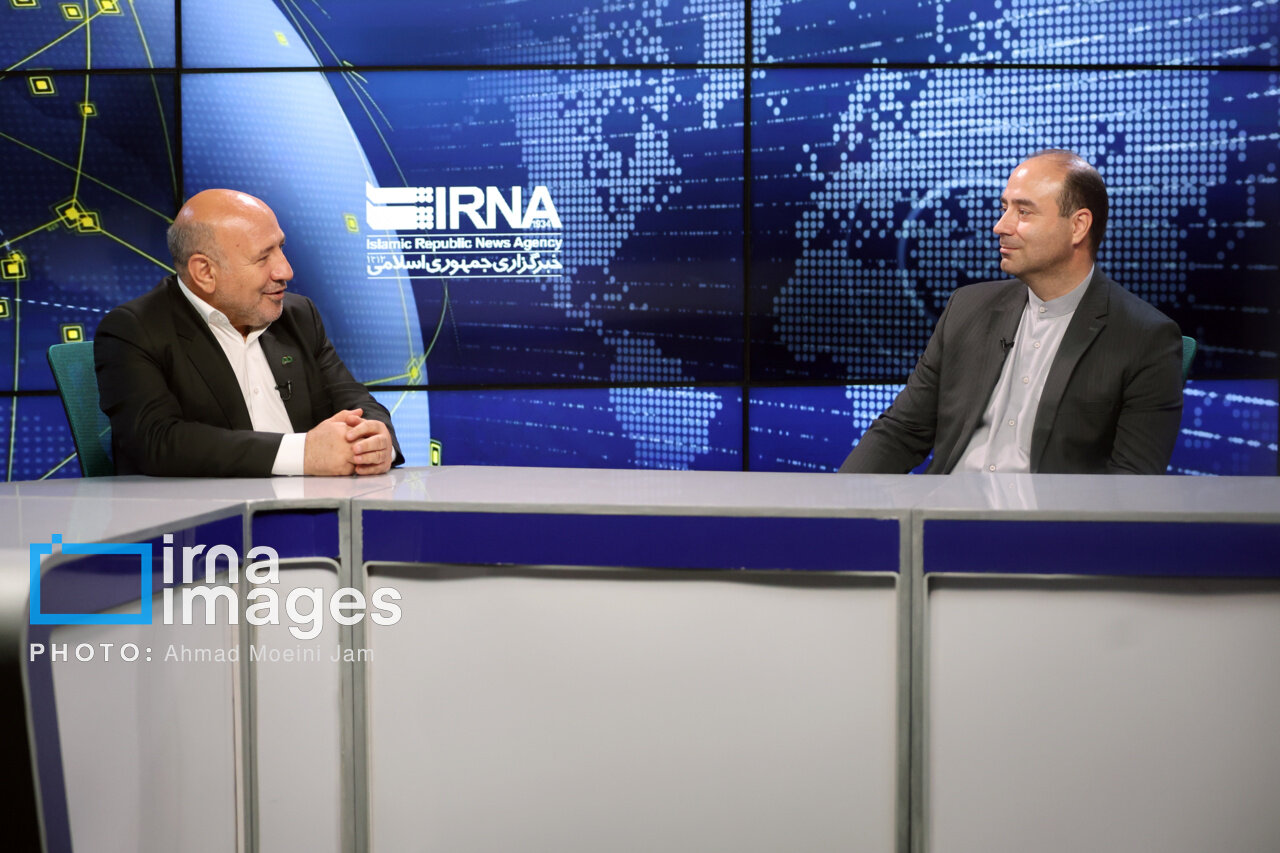Iran approves Maku free zone master plan, boosting China-Europe rail link

TEHRAN - Iran has approved the long-awaited master plan for the Maku Free Trade Zone after 12 years, a move officials say could unlock economic potential and advance the country’s east-to-west rail ambitions connecting China to Europe.
Hossein Garousi, head of the Maku Free Zone, told IRNA on Tuesday that the plan was approved during a meeting with President Masoud Pezeshkian earlier this week. “The approval paves the way for major developments, such as province-wide circulation of vehicles with free-zone license plates and the completion of the east–west rail corridor,” he said.
Garousi noted that all free trade zones located outside Iran’s customs territory are required to have a master plan and be fully enclosed—conditions that had yet to be implemented in Maku until now.
The newly approved plan includes tax exemptions for industrial and economic projects, as well as permission for free-zone registered vehicles to operate across West Azarbaijan province. It also revives long-standing calls to allow car imports to the region.
“Maku is the largest free zone in the country, and West Azarbaijan is the longest province. Importing modern foreign vehicles would not only boost the region’s appeal but also significantly reduce road fatalities,” Garousi said, adding that infrastructure upgrades are also underway across the province.
According to Garousi, 70 percent of fatal traffic accidents occur in just 15 provinces, including West Azarbaijan. The master plan's approval allows the region to begin modernizing its public transportation fleet and import standard vehicles to improve road safety.
He also emphasized that residents should know all types of vehicles can now enter Maku Free Zone under temporary import regulations for up to two years, with the possibility of renewal for up to ten years.
China-Europe corridor via Maku gains traction
Garousi said global trade is increasingly shaped by transport corridors, and the east–west rail route—from China through Iran to Europe—holds major strategic and economic value. The line enters Iran through Sarakhs in the northeast, crosses several provinces, and exits via the Maku Free Zone at Cheshmeh Soraya toward Kars, Turkey.
“This is the only nonstop all-rail corridor in the world, and the master plan’s approval helps eliminate a major bottleneck,” he said, adding that China is investing $1 trillion in three main transit routes to Europe, one of which passes through West Azarbaijan and the Maku Free Zone.
“If just ten percent of trade moves through the Maku route, it could generate $100 billion in added value—exceeding Iran’s oil revenues,” Garousi said.
He noted that 90 kilometers of the corridor pass through West Azarbaijan, running from Marand to Maku Airport, designated as a logistics village, before continuing to Cheshmeh Soraya and into Turkey.
Garousi added that Maku also holds potential to become a regional hub for re-exports or manufacturing and export activities, highlighting President Pezeshkian’s strong support for the zone. “The president’s special attention to Maku is something we deeply appreciate,” he said.
EF/MA
Leave a Comment